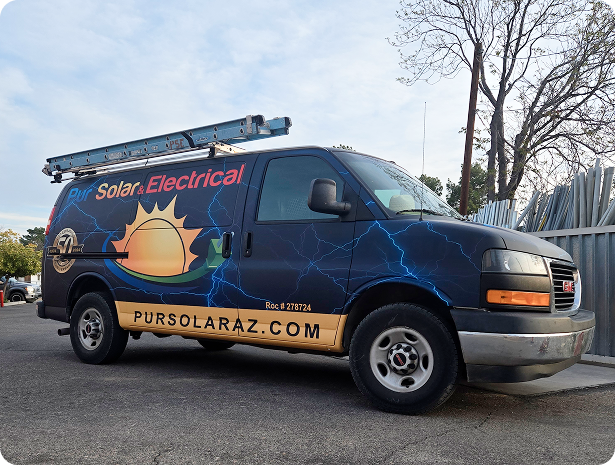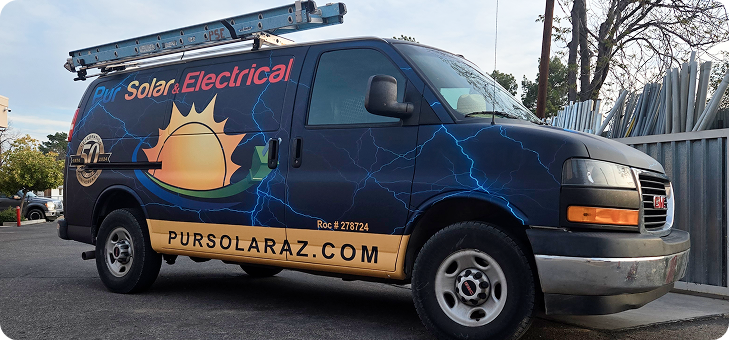Lots of people would like to go off the grid. However, doing that takes more than getting a tiny house in the forest and installing some solar panels. You need a full plan that enables you to become fully self-sustainable. Without that, you will still be on the grid to a certain degree. Let’s take a look at a plan of action.
- Choose Your Living Space
First of all, you need to decide where to live. You could have a mobile home and live on the road or you could build your cabin. Prefabs also exist for those who can’t build their own. Think about where you want to settle down as well, and why you would choose those locations. Perhaps you want to join a sustainable, off-the-grid community, or perhaps you want to create your own. There are quite a lot of communities that you can join for a certain “test period” so that you can see what life off the grid is really like. - Water, Water, Water
Once you have decided on a living space, you need to think about the water supply. Water is the building block of all life. Have rain barrels installed, construct swales, cultivate living mulch, and so on. Design your living space in such a way that you can harness water as well. Do also integrate a water-saving technology. Use desalinization methods if you live near the sea, hydroponic systems, and so on. - Food
Being off the grid also means growing your food. This may be hard if you live on the road but, in those cases, you could park on organic farms and help out in return for produce. If you have your own space, you should plant perennial edible foods, such as mushroom patches, berry bushes, and nut and fruit trees. Perennial vegetables are the staple diet of someone who lives off the grid. Consider going vegetarian as well, unless you have the space to keep farm animals and grow their food as well. - Materials and Tools
You need a lot of tools and materials to be fully off the grid. Things will break, after all, whether due to storms, regular wear and tear, or clumsiness. You must be able to repair whatever is broken so that you can continue living your new lifestyle. - Alternative Energy
Last but not least, you have to think about your energy production. Luckily, there are many sustainable sources of energy available to you that enable you to be 100% off the grid. Solar power is the easiest to use, but this means that you won’t have power at night unless you also have solar storage. Consider, therefore, having other sources available as well, such as a wind turbine or hydropower to name but a few.
With these five steps, you should be ready to live an idyllic lifestyle that is free from the constraints of modern living. Be realistic about what this means, however. Life may be idyllic, but it will also be quite hard.










